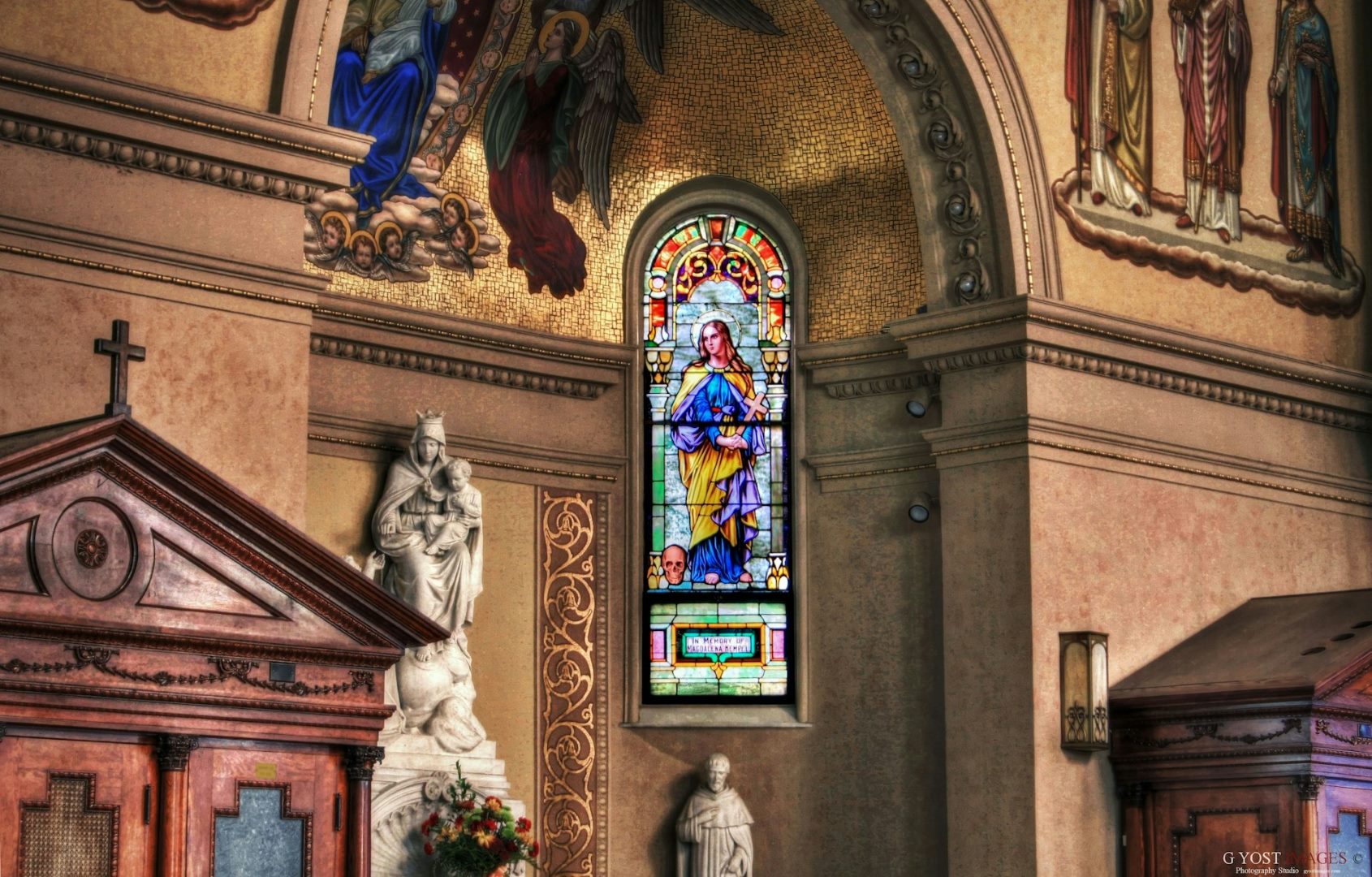Introduction
The Church of Jesus Christ of Latter-day Saints (LDS), commonly known as the Mormon Church, is a Christian denomination with a unique set of beliefs and practices. This blog post aims to provide a comprehensive overview of the LDS faith, exploring its history, doctrines, culture, and societal impact.
Origins and History
The LDS Church traces its roots to Joseph Smith Jr., who claimed to have received divine revelations from God in the early 19th century. These revelations led to the publication of the Book of Mormon and the organization of the church in 1830. Persecuted for their beliefs, the early members of the church migrated westward to establish the state of Utah.
Doctrines and Beliefs
Holy Scriptures
The LDS Church reveres four key scriptures: the Bible (King James Version), the Book of Mormon, the Doctrine and Covenants, and the Pearl of Great Price. These scriptures are believed to contain God’s revealed word.
Godhead
Mormons believe in a Godhead composed of God the Father, His Son Jesus Christ, and the Holy Ghost. They believe in Christ’s divine nature as the Savior and Redeemer.
Plan of Salvation
The LDS faith teaches that individuals lived as spirits before being born into mortality. They believe in eternal progression through baptism, obedience to commandments, and temple ordinances.
Eternal Families
Mormons place great importance on family relationships, believing that families can be sealed together for eternity through temple ordinances such as marriage. Marriage is considered a sacred covenant and a means for eternal growth.
Culture and Practices
Sunday Worship
Mormons attend church every Sunday, where they participate in sacrament meetings, which include partaking of the bread and water as symbols of Christ’s sacrifice. Additional worship services include Relief Society for women, Priesthood Quorum for men, and Primary for children.
Missionary Service
Young men and women who have reached the age of 18 or 19 are encouraged to serve as missionaries for two years. Missionaries are assigned to different parts of the world to teach the gospel and perform service.
Temples
Temples are sacred buildings where ordinances such as marriage, baptism, and endowment are performed. These ordinances are considered essential for salvation and eternal progression.
Societal Impact
The LDS Church has had a significant impact on society, both in Utah and beyond:
Education
Mormons place a high value on education. The church operates Brigham Young University, BYU-Idaho, and other educational institutions.
Healthcare
The church provides healthcare through its hospitals, clinics, and charity organizations, serving both members and non-members.
Humanitarian Aid
The LDS Church engages in extensive humanitarian aid efforts around the world, providing food, clothing, and shelter to those in need.
Controversies and Criticisms
The LDS Church has faced controversies and criticisms over the years, including:
Polygamy
In the 19th century, some members of the church practiced polygamy, which is now prohibited by the church.
Race and Priesthood
Until 1978, the church restricted priesthood ordination to white males. This policy has since been discontinued.
Conclusion
The LDS Mormon faith is a complex and diverse religion with a rich history and unique set of beliefs and practices. Its members are known for their strong family values, missionary service, and contributions to society. While the church has faced some controversies, it remains a vibrant and dynamic religious organization.



